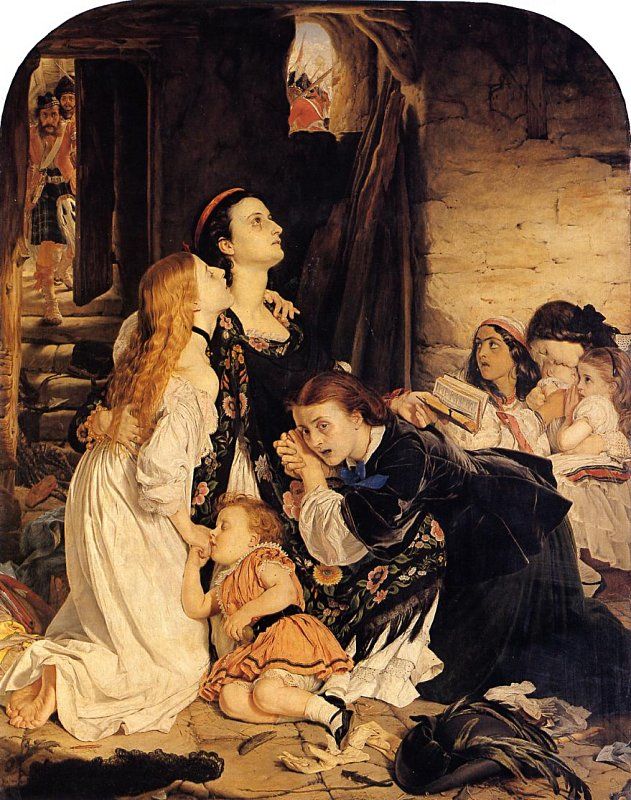He says in The Remains of the Day:
I would imagine that he refers to the orthodox traditions of Japan that he was born into, and spent early childhood in. With his experience of then and now, he perhaps perceives his origins as entrenched in the past when compared to the liberal West. But no, he puts the words in the mouth of Stevens the butler, English in every inch. This character, the protagonist of the book, is in charge of staff at an English manor in England around the time of World War II, a setting perhaps previous by a couple of decades to the birth of the book’s author.Now, naturally, like many of us, I have a reluctance to change too much of the old ways. But there is no virtue at all in clinging as some do to tradition merely for its own sake.
It is true that Ishiguro has been immersed in Western culture from the age of five, but as an immigrant. Hence, to not only visualize a cultural context different from roots, but also to fit it into a bygone era has to be a feat. The author says he gleans much knowledge about the cultural distinctiveness from books. He probably also has a prodigious memory for detail to be able to capture their characteristic quirks – and for this book, the Booker prize.
Despite the enlightenment he projects against clinging to traditions, Englishman Stevens himself appears to find it difficult to break out of the standard received mould of a manservant in the England of the ‘forties. A story he mentions, and one that his father would frequently recount admiringly, is of the exploits of a British butler overseas. At the employer’s residence in colonial India, this man had suddenly discovered a tiger hiding under the dining table:
The butler had left the dining room quietly, taking care to close the doors behind him, and proceeded calmly to the drawing room where his employer was taking tea with a number of visitors. There he attracted his employer’s attention with a polite cough, then whispered in the latter’s year: ‘I’m very sorry, sir, but there appears to be a tiger in the dining room. Perhaps you will permit the twelve-bores to be used?’ And according to legend, a few minutes later, the employer and his guests heard three gun shots. When the butler reappeared in the drawing room some time afterwards to refresh the teapots, the employer had enquired if all was well. ‘Perfectly fine, thank you, sir’, had come the reply. ‘Dinner will be served at the usual time and I am pleased to say there will be no discernible traces left of the recent occurrence by that time.’
In the Stevens perspective, the onus is on the butler worth his salt to choose his employer intelligently. First, he must make a careful study of the employer and the work conditions. He must then make an informed choice for the best fit of employer-employee relations. Thereafter, the choice is binding. The highest work aspiration is to provide unquestioning service in all circumstances throughout employment. Stevens strongly disapproves of critical servants; they neither commit to tasks or stick with the job.
He muses:
For it is, in practice, simply
not possible to adopt such a critical attitude towards an employer and at the
same time provide good service. It is not simply that one is unlikely to be
able to meet the many demands of service at the higher levels while one’s
attention is being diverted by such matters; more fundamentally, a butler who
is forever attempting to formulate his own ‘strong opinions’ on his employer’s
affairs is bound to lack one quality essential in all good professionals:
namely, loyalty.
The pronouncement probably resonates with Japanese traditions. But there is a distinct cultural difference. Honour and obedience to elders, especially family members, is paramount in the Asian cultures. In the England of the time, thoughts about the wellbeing the employer appears to trump familial bonds, as happens with Stevens.
The values of service mentioned in the book are hardly in evidence any more in the different regions of the globe. Is globalization to blame for this? Seems to me that we might point to the rise of professional management in organizations. As a result, the operational control of the concern has generally been separated from its ownership.
In the multinational corporation, for instance, commercial
holdings of the company in various countries ensure that business
transcends borders. Their management style and culture, knowledge
and skill-based, is the same across continents. It drives the migration of the global workforce to
different parts of the world, irrespective of individual nationality and
culture. Their emergence has been welcomed as the process of unifying the world
into one global village. The exploitation of
employees, a legacy of the industrial age where owners looked for ‘hands’ not
‘brains’, has thus been curtailed.
Normally, the fear in the immigrant community would be of
losing their cultural identity on foreign soil. Minor issues of discomfort in
the new country may then appear magnified – the unfamiliar religious
affiliations, food habits, currency calculations, traffic rules and even the
inability to vent in the vernacular! These become emotional stressors. To keep
from being assimilated, the people would find safety in like numbers, building
around them an ethnic shield. A Chandni Chowk, a China Town, a Latin
Quarter, and so on, develop in pockets to preserve continuity with ethnic
origins.
The workplace, on the other hand, builds a structure and culture unlike society. They base almost solely on the rational numbers of business. This organizational sameness, whether in Asia or America, may appear familiar, reassuring to the individual immigrant.They immerse in work to stave off their angst. They tend to work harder than others to blend into the work culture, which serves the needs of the organization best. Should the culture call for an unwavering focus on the bottom-line, so be it, they live to serve its needs.
However, there is a downside. The change of
process causes the traditional attitudes to service to also change. Money has, instead,
become the strongest motivator in the workplace. In more recent times the pendulum seems to
swing in the opposite direction. Top
management in many professionally managed companies resort to paying themselves
obscene bonuses at the expense of the system and thousands of laid-off workers.
The traditional values of service – commitment, honour, loyalty, and sacrifice,
are casualty with the advancement of greed. We might shrug and call it collateral damage.
Reference:
Ishiguro Kazuo, “The Remains of the Day”. ISBN
978-0-571-25824-6. Faber and Faber Limited. Great Britain. 1989.























